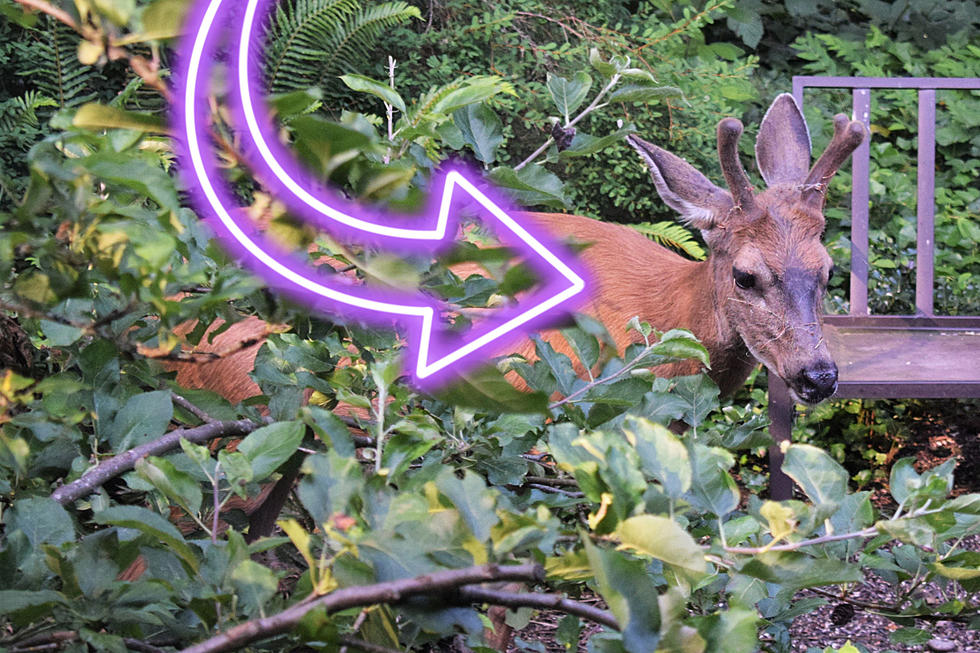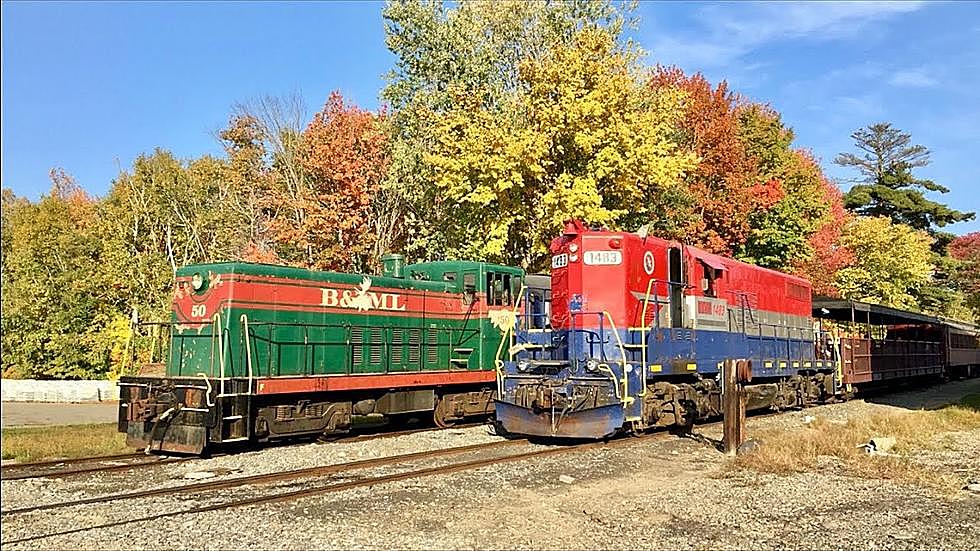
Watch Out For Deer!
In the past month, 14 deer have been killed within a half-mile stretch of road on Route 139 in Unity. This harsh winter, warming temperatures and unaware motorists are making deer-heavy areas of the state particularly dangerous recently.The Maine Department of Transportation have these tips to avoid deer and moose collisions.
Collisions with deer increase in autumn, peaking in November; moose collisions increase in May and June.
Moose and deer are most active around dawn and dusk. They also travel at night. With moose eyes being higher than your headlights, use high beams when possible.
The locations for Maine's moose and deer crossing signs are chosen based on where there are high concentrations and where collisions are a problem.
Driver distraction and inattention, combined with excess speed, often result in vehicle-wildlife collisions. Always scan the roadside as well as the road. Reduce your speed at night.
Deer are commonly seen near fields and orchards.Moose are often found near wetlands.
Moose and deer often travel in small groups. If one animal crosses the road, you can expect that there will be more crossing.
If a crash is unavoidable, apply the brakes and steer straight. Let up on the brakes just before impact to allow the front of your vehicle to rise slightly and aim to hit the tail end of the animal. Duck down to protect yourself from windshield debris.
More From B98.5









